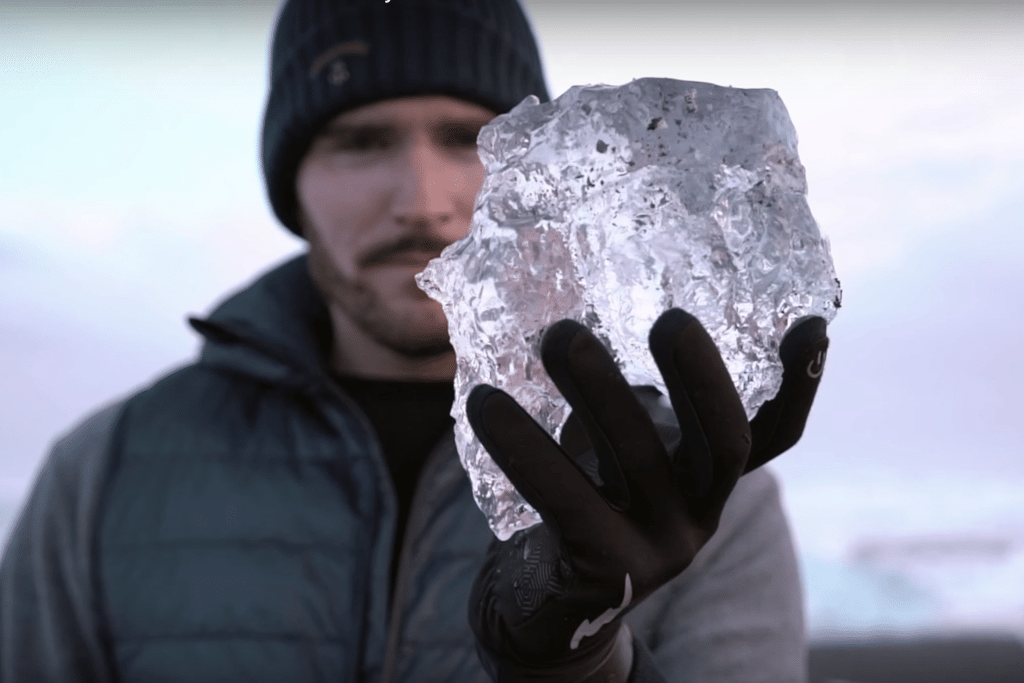Growing Pains for Influencer Marketing Raise Questions for Travel Brands

Skift Take
Influencers are still getting a chunk of some travel brands' marketing budgets, but the amount of pull they have over travelers' trip decisions is questionable. As the form matures, influencers and brands are still figuring out the rules of the road.
Social media influencers are increasingly hot commodities in the travel industry for their voices and large audiences. But as influencer marketing grows up, it's also going through some growing pains and more governments are stepping in to ensure that influencers label the content they were paid to create.
Many travel brands want to work with influencers but aren't sure how to measure return on investment or justify spending thousands — or even millions — of dollars on untested partnerships that may fail.
More than 60 percent of U.S. travelers use platforms like Facebook and Instagram to get inspired about where to go and what to do when they get there, according to Facebook, and influencers on those platforms play a role in that inspiration. Social media posts by friends and family and word of mouth are also a large part of trip planning and inspiration.
Last month, the Australian government announced a ban on using digital influencers for all government agencies after it found some agencies had spent hundreds of thousands of dollars on influencer projects. Some of the influencers who were paid to promote healthy, active lifestyles were also promoting alcohol brands and weight loss pills; offensive comments were also reportedly flagged.
Tourism Australia, the country's national tourism board, said it's not affected by the government's influencer ban. The organization launched a $7.2 million marketing campaign in India, Indonesia, Malaysia, and Singapore last month that will involve influencers.
Tourism Australia works with a network of more than 200 digital influencers through its Friends of Australia program. Influencer marketing has been key to Australia's overall marketing strategy in recent years; the world saw a glimpse of that earlier this year when the board ran a commercial during the Super Bowl that featured Hollywood actor and native Australian Chris Hemsworth, who is also one of Tourism
